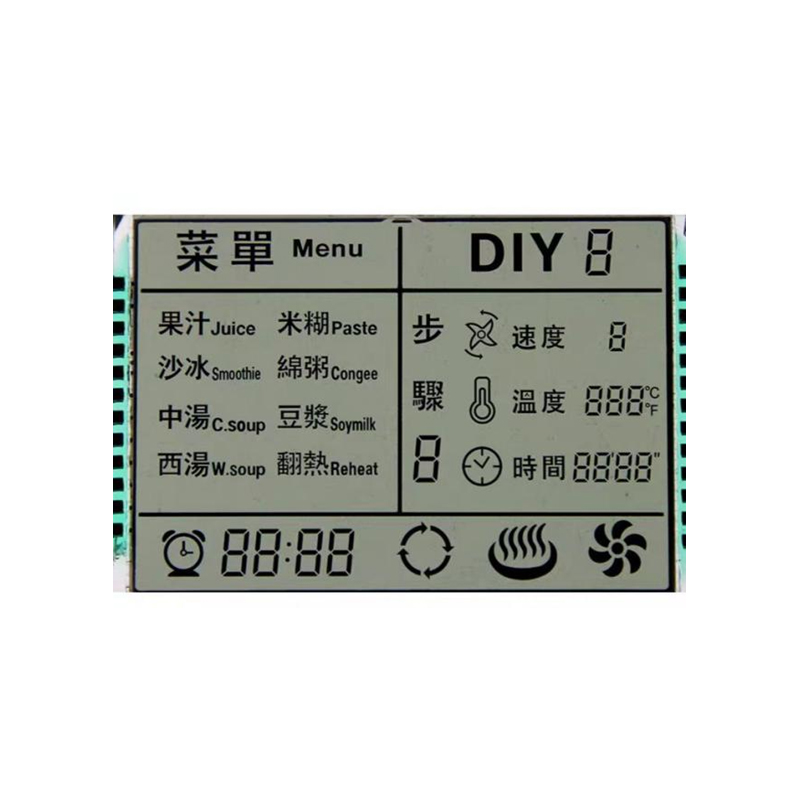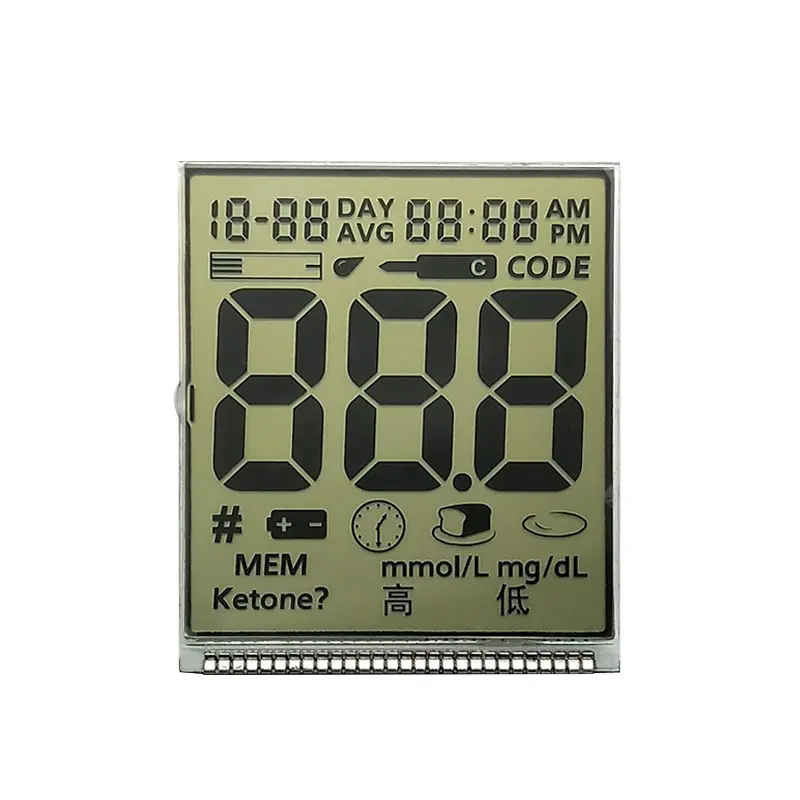
Choosing the right segment display can significantly impact the performance and aesthetics of your project. This guide provides an in-depth look at various Best Segment Display options, helping you make an informed decision based on your specific needs. We'll cover different technologies, key features, and application examples, ensuring you find the perfect fit for your application.
Segment displays are electronic devices used to display numerical or alphanumeric characters. They are commonly found in digital clocks, calculators, and other electronic devices. The most prevalent type uses seven segments arranged in a specific pattern to form numbers and letters. However, more advanced displays might incorporate more segments for improved character representation. Understanding the different types of segment display available is the first step to selecting the best option for your project. Key considerations include the number of segments, display size, brightness, viewing angle, and power consumption.
Light-emitting diodes (LEDs) are the most common technology used in segment display applications. LED segment displays offer several advantages, including high brightness, long lifespan, and low power consumption. They come in various colors (red, green, blue, amber, etc.) and sizes, making them suitable for a wide range of applications. Many manufacturers offer customized LED segment display solutions to perfectly match project requirements. For instance, Dalian Eastern Display Co., Ltd. (https://www.ed-lcd.com/) offers a comprehensive range of LED displays with different segment configurations and customizations.
VFDs offer a distinct aesthetic with their characteristic green glow. While less common than LEDs, VFDs still find applications where their unique visual style is desired. They are known for their high brightness and wide viewing angle but typically consume more power than LEDs and have shorter lifespans. However, their unique visual appeal might outweigh these drawbacks for certain projects.
While often associated with larger screens, LCD technology also finds applications in segment display configurations, often with backlighting. LCD segment display units generally offer lower power consumption and are available in various colors. However, they typically have lower brightness levels compared to LEDs, especially in direct sunlight.
Selecting the optimal segment display involves carefully considering several factors:
| Feature | Considerations |
|---|---|
| Number of Segments | Determines the characters and symbols that can be displayed. Seven-segment displays are common, but more segments allow for greater complexity. |
| Display Size | Choose a size that is appropriate for your application and the viewing distance. |
| Brightness | Essential for readability in different ambient lighting conditions. |
| Viewing Angle | The range of angles from which the display is clearly visible. |
| Power Consumption | Critical for battery-powered applications. |
Segment displays are versatile and find use in a multitude of applications, including:
Selecting the best segment display requires careful consideration of various factors. By understanding the different technologies, features, and applications, you can make an informed decision that meets your specific project needs. Remember to factor in aspects like brightness, viewing angle, power consumption, and the required character set when making your choice. The right segment display can enhance the functionality and aesthetic appeal of your design, ensuring a successful project outcome.












